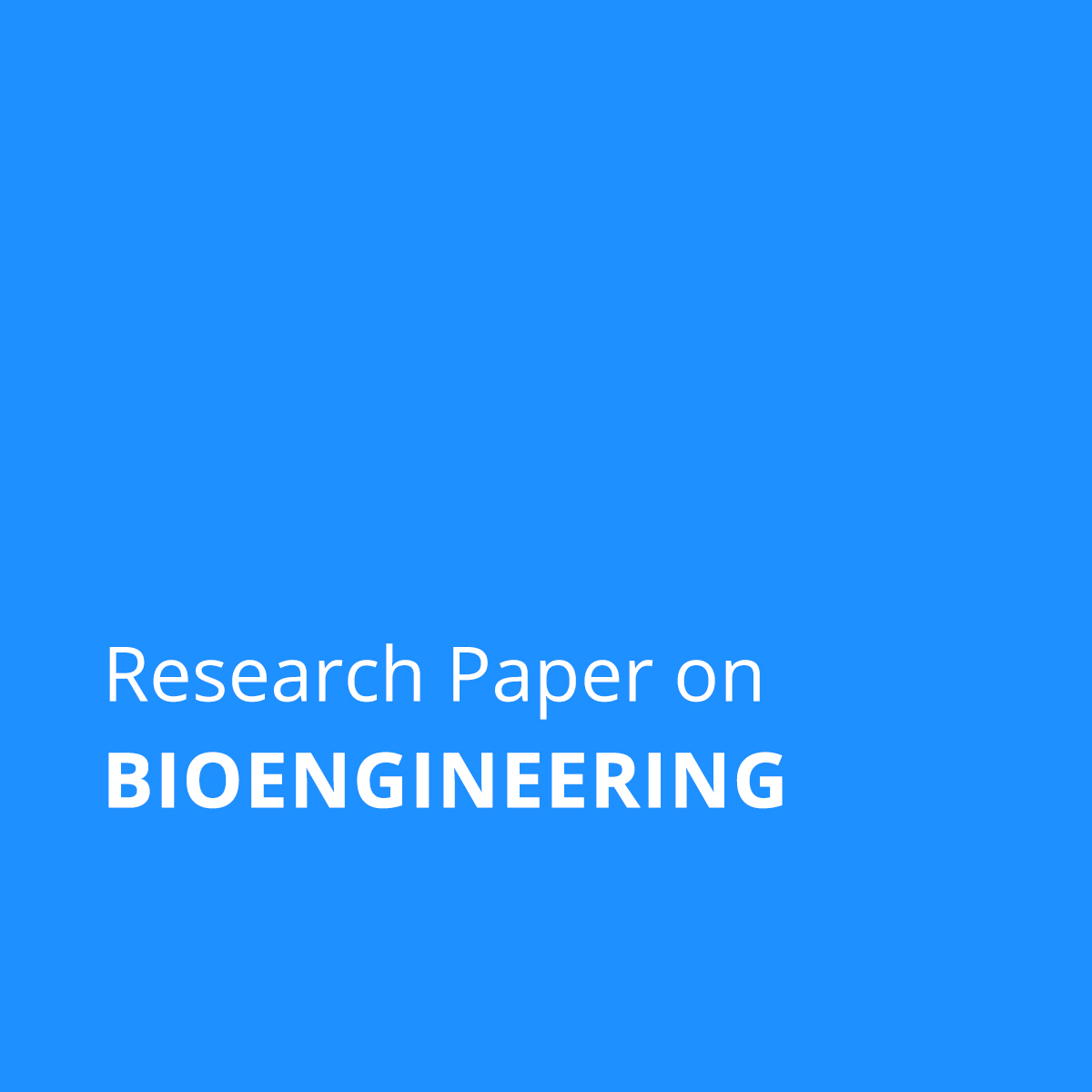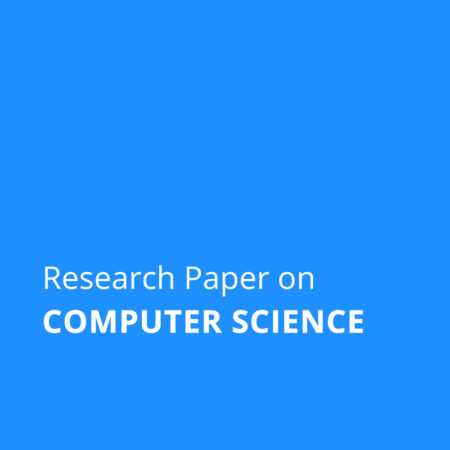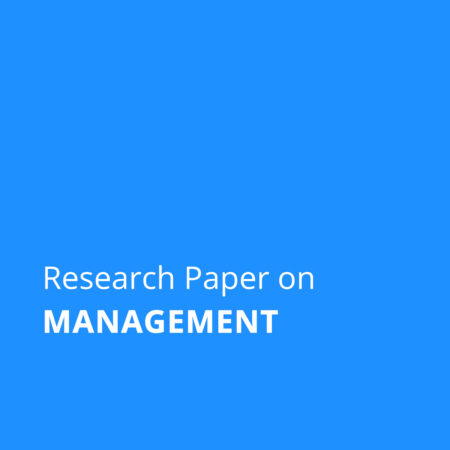Description
Title: Current Perspectives and Developments in Physiological Modeling of Alzheimer’s Disease
Abstract: Although Alzheimer’s disease (AD) is the most common cause of dementia, there are still many unmet medical needs. Transgenic mice were the majority of in vitro models of AD used for preclinical drug testing until recently; however, these models have so far failed to adequately reproduce the pathophysiology of the disease. However, important findings have been made as a result of the creation of humanized APOE4 mouse models. Induced pluripotent stem cells (iPSCs) were created thanks to recent improvements in stem cell differentiation methods. creation of innovative in vitro gadgets. These “microphysiological” systems, which are in vitro human cell culture systems intended to mimic in vivo physiology, make use of various degrees of engineering control and biomimicry. The ability to mimic the pathophysiology and pathogenesis of AD in vitro makes spheroid-based organoids, 3D cell culture systems, microfluidic devices, or a combination of these, useful as models for experimental manipulation as well as tools for testing therapeutics.
Keywords: Alzheimer’s disease; biomimetics; neurodegenerative diseases; microphysiological systems
Paper Quality: SCOPUS / Web of Science Level Research Paper
Subject: Bioengineering
Writer Experience: 20+ Years
Plagiarism Report: Turnitin Plagiarism Report will be less than 10%
Restriction: Only one author may purchase a single paper. The paper will then indicate that it is out of stock.
What will I get after the purchase?
A turnitin plagiarism report of less than 10% in a pdf file and a full research paper in a word document.
In case you have any questions related to this research paper, please feel free to call/ WhatsApp on +919726999915



Reviews
There are no reviews yet.